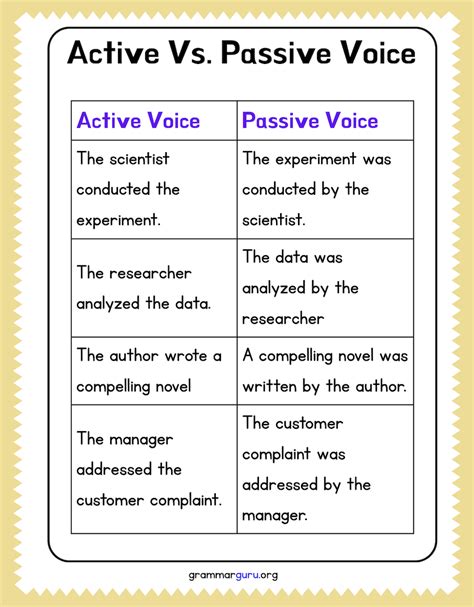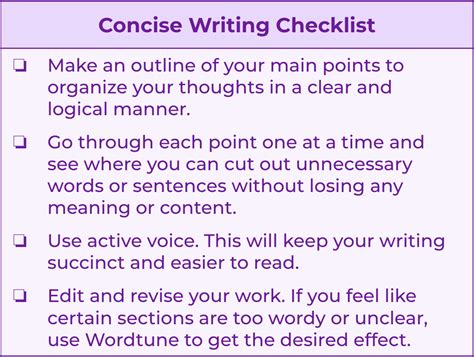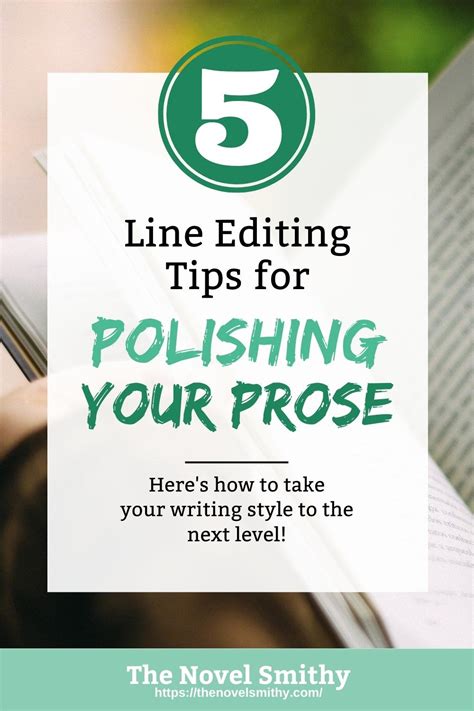In the vast landscape of written communication, clarity and conciseness are paramount. Yet, many writers, from beginners to seasoned professionals, often fall prey to the subtle sabotage of filler words and loose prose. These seemingly innocuous linguistic habits can bloat your writing, dilute your message, and ultimately disengage your reader. Learning to identify and eliminate them is a critical step towards crafting powerful, impactful, and engaging content.
Why Less Is Often More
Think of your writing as a finely tuned machine. Every word should serve a purpose, every sentence should propel the reader forward. Filler words and verbose phrases act like unnecessary friction, slowing down the machinery and obscuring its true function. When you cut the clutter, your ideas shine brighter, your arguments become more persuasive, and your voice rings with greater authority. Tight prose respects your reader’s time and attention, delivering maximum information with minimum effort.

Identifying and Eliminating Filler Words
Filler words are often crutches we lean on in spoken language that find their way into our writing. They add no new information and can even weaken the impact of a statement. Common culprits include: “just,” “really,” “very,” “like,” “basically,” “actually,” “in order to,” “that” (when unnecessary), “quite,” “somewhat,” “a bit,” “kind of,” and “sort of.”
- “Just”: Often implies limitation, but usually doesn’t need to. “I just wanted to say…” becomes “I wanted to say…”
- “Really” / “Very”: Weak intensifiers. Instead of “She was very happy,” try “She was ecstatic” or “She rejoiced.”
- “That”: Frequently omitted without losing meaning. “He believed that the plan would work” can be “He believed the plan would work.”
- Wordy Phrases: “Due to the fact that” becomes “Because.” “In the event of” becomes “If.” “At this point in time” becomes “Now.”
The best way to find these words is to read your work aloud. Your ear will often catch awkward phrasing or unnecessary words that your eye might miss. You can also use your word processor’s search function for common fillers or employ online grammar checkers that highlight such instances.
Strategies for Tightening Your Prose
Beyond individual filler words, tightening prose involves a more holistic approach to sentence and paragraph construction.
1. Banish the Passive Voice
The passive voice can obscure who is performing an action, making sentences less direct and often longer.
- Passive: “The ball was thrown by the boy.”
- Active: “The boy threw the ball.”
Active voice makes your writing more dynamic and clear. While passive voice has its place (e.g., when the actor is unknown or unimportant), overuse can lead to dull, convoluted sentences.

2. Eliminate Redundancy and Repetition
Look for words or phrases that repeat the same idea. “Future plans” is redundant; plans are inherently about the future. “Completely finished” can be just “finished.” “Free gift” is another common one. Be ruthless in cutting words that don’t add new meaning.
3. Simplify Wordy Phrases
Many common phrases can be condensed into one or two stronger words.
- “In the vicinity of” → “Near”
- “At the present time” → “Now”
- “Has the ability to” → “Can”
- “Take into consideration” → “Consider”
A strong vocabulary allows you to choose precise words over lengthy descriptions.
4. Avoid Nominalizations (Noun Forms of Verbs)
Turning verbs into nouns often requires extra words.
- “Make a decision” → “Decide”
- “Conduct an investigation” → “Investigate”
- “Give a presentation” → “Present”
Using the verb form makes sentences more concise and direct.

5. Vary Sentence Structure and Length
While short sentences often embody conciseness, a continuous string of them can feel choppy. The goal is clarity, not necessarily brevity at all costs. However, long, rambling sentences packed with clauses can be exhausting. Break them down. If a sentence has multiple independent clauses joined by “and” or “but,” consider making them separate sentences.
The Editing Mindset: A Two-Step Process
Effective editing for conciseness often requires two distinct passes:
- The Drafting Phase: Focus on getting your ideas down. Don’t worry too much about perfection or conciseness at this stage. Quantity over quality for the first draft.
- The Editing Phase: This is where you put on your editor’s hat. Go through your work specifically looking for opportunities to cut, condense, and clarify.
- Read Aloud: As mentioned, this is invaluable.
- Use Tools: Grammar checkers (like Grammarly, ProWritingAid) can highlight passive voice, wordy phrases, and common filler words.
- Seek Fresh Eyes: Another person can spot redundancies and convoluted sentences you’ve become blind to.

Practice Makes Perfect
Cutting filler words and tightening prose isn’t a one-time fix; it’s a skill that improves with consistent practice. Consciously look for opportunities to apply these principles in emails, reports, social media posts, and creative writing. The more you practice, the more intuitive these changes will become, transforming your writing from merely good to truly exceptional.

Conclusion
By diligently scrutinizing your sentences for unnecessary words and convoluted structures, you unlock a powerful form of communication. Eliminating filler words and actively tightening your prose results in writing that is not only clearer and more engaging but also more authoritative and persuasive. Embrace the editor’s mindset, practice these techniques, and watch as your writing transforms into a concise, compelling force.




